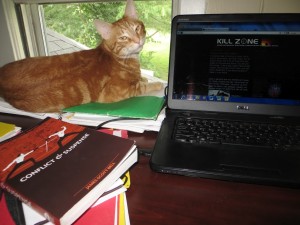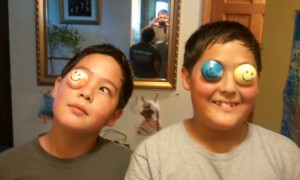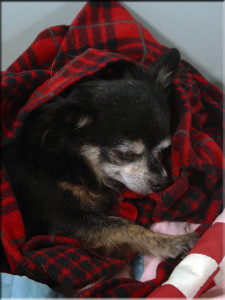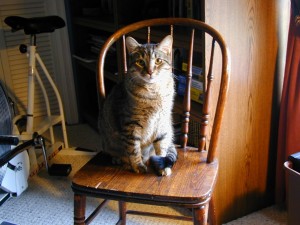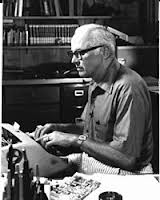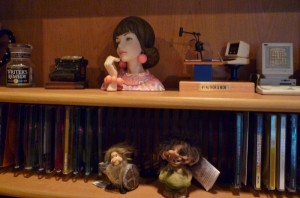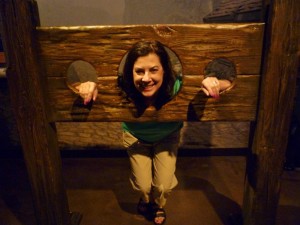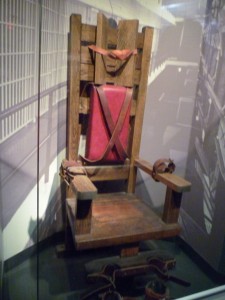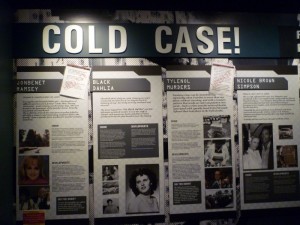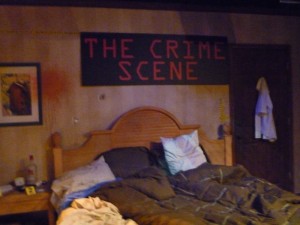I’m preparing a workshop on Social Networking that I am giving on Sept. 8 and so I thought I’d share some of my tips with you. Let me know what you think about this material, which is only part of my presentation, and if you have any more advice to add.
Here is my author page if you want to “Like” me: http://bit.ly/c3YchC
If you are starting out, sign up for a Personal Profile Page. Add a profile picture. In the About section, put your links on top so they show first and then follow with your bio. Put in only the information visible to the public that you want to be seen. Where have you worked? Type in your publishers. Add a Project: List your book titles. Be careful with your contact info. How do you want people to reach you? To make changes on your Profile page, click Update Info.
I advise against giving Facebook access to your email address books. To find friends, type in someone’s name whom you know, and then click on his friends to find mutual acquaintances.When you qualify, and I forget how many friends you need, sign up for an Author Page. Click on Create a Page. Upload a banner or photo for your heading. Keep in mind that when a visitor lands on your page, they may only see the bottom part. Also leave space for your avatar. After you have 25 friends, you can shorten one of your links here: https://www.facebook.com/username
Apps and Tabs on your Author Page: Search for “Static HTML for Pages” in FB. Click Add to my Page. Select your fan page in the pop-up window. You’re allowed 12 tabs. Here are some to include: Author App, Blog, Excerpts, Events, Likes, Newsletter (Sign-Up Form), New Releases, Photos, Videos. Click on the little pencil in upper right corner of each tab to change the image or to swap places with another tab. Author app: https://apps.facebook.com/authorapp/?ref=ts
Import your blog into your FB pages using Networked Blogs: http://www.networkedblogs.com/blog
To edit the Author Page, go to your Admin Panel. Click on Edit Page. Note you can switch users and use FB as your author persona. That’s under Edit Page also.
A word of warning: Facebook doesn’t like you to run contests on its site but you can mention a contest you’re running elsewhere.
Periodically check your privacy and account settings by clicking on the little arrow on the upper right next to the Home button.
Make a post by filling in the box that says, What’s on your Mind? or Update Status. Then click on Publish Now. Use links and include photos when appropriate.
Click on Home to see other people’s posts and to comment on them. You can also “Like” a post or “Share” it with followers on your wall.
On your Author Page, click on one of the down arrows on the Admin Panel to See Your Insights. This will give you an idea of how many people viewed your posts, if anyone shared them, etc.
Link to your FB account from your other social net sites if you wish, but be careful not to flood people’s walls with your posts.
Join Groups. Periodically check through your list to see if you’ve been added to groups without authorization. If this occurs, click on that group. Click the arrow for a choice to Leave Group. Sometimes people enter you into a “Conversation” as well, and you can Leave Conversation as an option. To view your Groups list, click on “See All Messages”, top left middle symbol after “Facebook”. Groups will be listed in the left column. Or click on “Home” on your profile page. You can see your Apps here too.
Periodically remind folks to “Like” your FB fan page and to sign up for your newsletter so you can maintain contact.
Avoid clogging your posts with sale messages about your books. Share other links, newsworthy articles, and friends’ book releases in addition to your own. Be personal. Tell what book you read or movies you’ve watched, what recipe you’ve tried, or what sites you visited on vacation—but mention it after you are home. Don’t tell people you are going away beforehand. Also be careful not to get too personal about your family life. Always be aware of safety and security.
This applies to photos, too. Be careful of posting anything you don’t want strangers or your boss to see.
Tagging: You can create photo albums and tag people in your photos. You can also tag people in your posts by using an @sign before their name.
Successful authors on Facebook hold virtual parties, have interactive promotions, and stimulate discussions. Start a debate, take a poll, get a hot topic going. This shouldn’t be all about you. It’s more about the connection readers feel to you as a person.
I’m sure there’s much more advice out there, but these are the main points I have to make. Does anyone out there have additional tips to offer?




